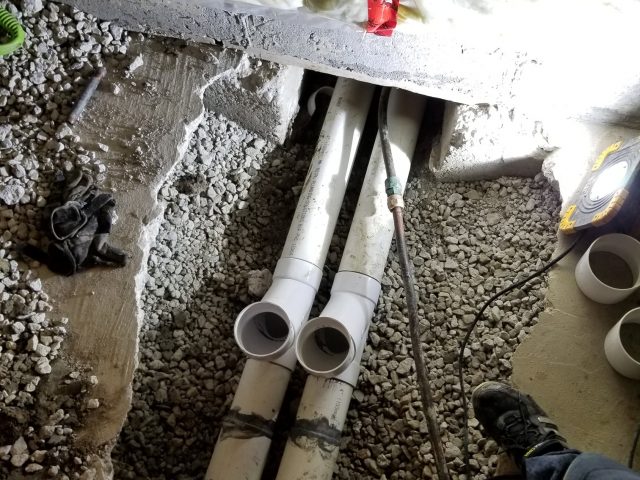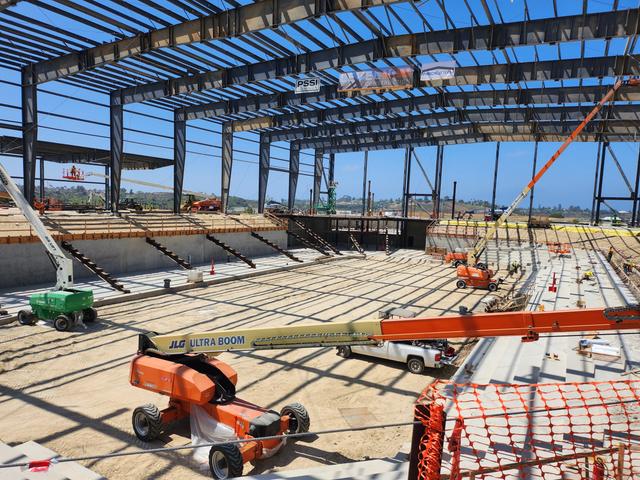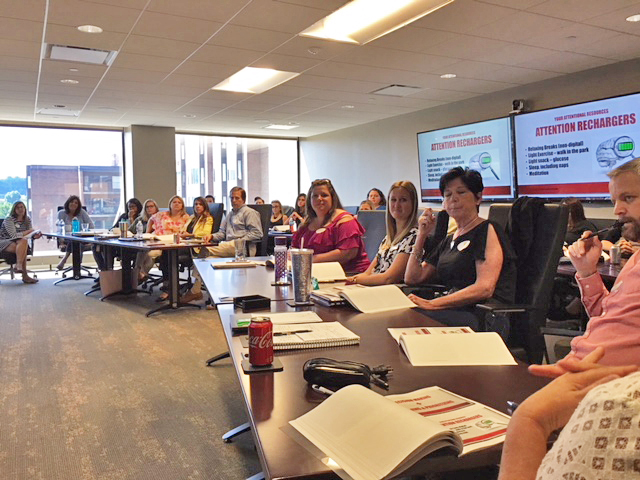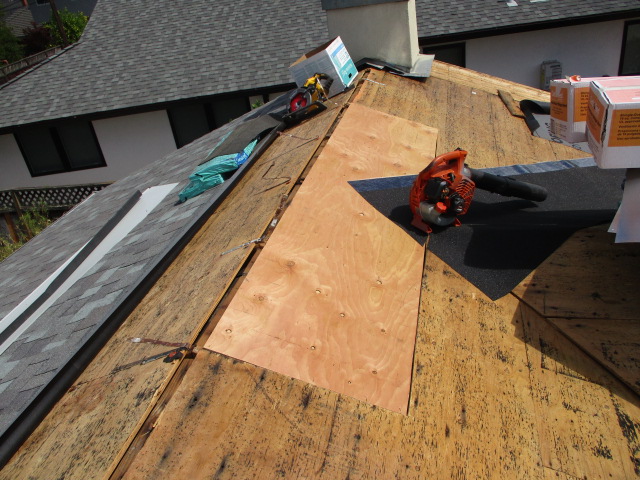The plumbing industry, often overlooked despite being an essential part of our daily lives, has experienced significant advancements in recent years. As technology continues to evolve, so too do the tools, techniques, and systems that keep our homes and businesses running smoothly. In this post, we’ll explore some of the most groundbreaking innovations in plumbing technology and discuss how they are shaping the future of this crucial field.
1. Smart Plumbing Systems
One of the most exciting developments in plumbing is the rise of smart plumbing systems. These systems are integrated with technology to provide enhanced efficiency, convenience, and safety. Smart water meters, for instance, allow homeowners and businesses to monitor their water usage in real time. This provides valuable insights into water consumption patterns and helps identify leaks early on, potentially saving hundreds or even thousands of dollars in water bills.
Moreover, smart plumbing systems can be connected to your home’s broader smart ecosystem. For example, water heaters can be controlled remotely via smartphone apps, allowing users to adjust temperatures and monitor energy usage without having to physically interact with the device. Some systems even offer predictive maintenance, alerting homeowners when a component is likely to fail or needs servicing, thus preventing costly repairs down the line.
2. Leak Detection Technology
Leaks are one of the most common and costly problems in plumbing systems, often going unnoticed until they cause significant damage. However, thanks to recent innovations, leak detection has become more advanced than ever. Traditional methods of leak detection involved manually inspecting pipes and looking for signs of water damage. This process was not only time-consuming but also ineffective at identifying small or hidden leaks.
Now, advanced sensors and smart technologies are making it easier to detect leaks in real time. Water flow sensors, acoustic leak detectors, and infrared cameras can all be used to pinpoint the exact location of a leak, even if it’s hidden behind walls or underground. These tools not only speed up the repair process but also reduce the amount of damage caused by undetected leaks, protecting your home and property.
3. Pipe Replacement Innovations
In the past, replacing old and damaged pipes was a labor-intensive process that required tearing up floors and walls to access the plumbing system. This often meant extensive disruption and high costs. Today, however, advancements in pipe replacement technology have made this process much more efficient and less invasive.
One such innovation is trenchless technology, which allows plumbers to replace old pipes without having to dig up large portions of your yard or home. This technique involves using a small access point to pull a new pipe through the old one, minimizing the damage to your property and reducing the cost and time associated with pipe replacement. Trenchless technology has been particularly beneficial in urban areas, where digging up streets and sidewalks can be time-consuming and expensive.
4. Water-Efficient Fixtures
As water conservation becomes increasingly important, manufacturers are designing more water-efficient plumbing fixtures that help homeowners and businesses reduce their water usage. Low-flow toilets, faucets, and showerheads are now common in both residential and commercial properties. These fixtures use significantly less water than traditional models, often without sacrificing performance or comfort.
For example, low-flow toilets use advanced flushing mechanisms that require less water per flush while still effectively removing waste. Similarly, water-efficient showerheads reduce water flow while maintaining water pressure, offering a satisfying shower experience while conserving water.
Another notable innovation in water efficiency is the use of gray water systems. These systems collect and filter water from baths, sinks, and laundry, which can then be used for irrigation or toilet flushing. By reusing water, gray water systems help reduce overall water consumption, making them a smart choice for environmentally-conscious homeowners and businesses.
5. 3D Printing in Plumbing
The use of 3D printing in plumbing is a relatively new development that holds great potential for the future. One of the key advantages of 3D printing is its ability to create custom parts and components on demand. In plumbing, this technology can be used to print bespoke fittings, pipe connectors, and even entire plumbing systems, all tailored to the specific needs of a project.
Not only does 3D printing allow for faster and more accurate production of plumbing parts, but it also offers a level of customization that was previously impossible with traditional manufacturing methods. This is particularly useful for large-scale projects or unique buildings with non-standard plumbing needs. Additionally, 3D printing can reduce waste by creating only the parts needed for a job, contributing to a more sustainable approach to plumbing.
6. Eco-Friendly Plumbing Solutions
Sustainability is a growing concern across all industries, and plumbing is no exception. In addition to water-efficient fixtures, several other eco-friendly innovations are helping to reduce the environmental impact of plumbing systems. One example is the use of solar-powered water heaters, which harness the sun’s energy to heat water, reducing reliance on fossil fuels and lowering energy bills.
In addition to solar water heaters, there are also systems that capture and store rainwater for use in irrigation, flushing toilets, and even in some cases, drinking water. These systems can significantly reduce a household or business’s dependence on municipal water supplies, which is especially beneficial in areas facing water shortages.
Another environmentally-conscious trend in plumbing is the use of sustainable materials. For example, some plumbing systems now use pipes made from recycled materials, such as plastic or copper, to reduce the need for raw resources. By incorporating sustainable materials and practices, plumbing systems can help minimize their carbon footprint and contribute to a more sustainable future.
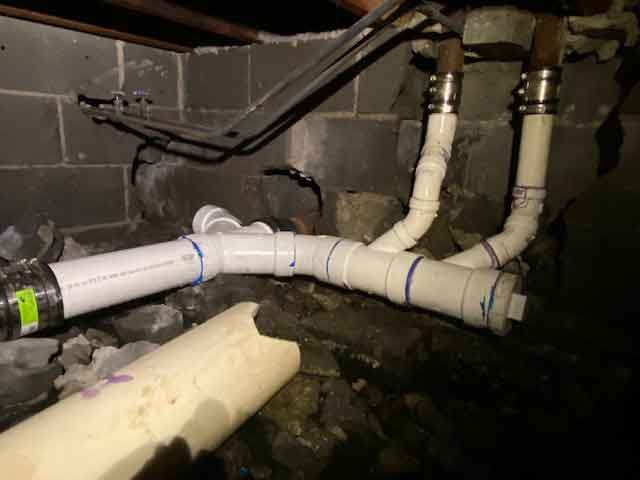
7. Augmented Reality for Plumbing Repairs
Augmented reality (AR) is transforming the way plumbers diagnose and repair issues. With AR technology, plumbers can overlay digital information onto the real-world environment, providing them with real-time guidance and instructions during repairs. This can be particularly useful in complex or unfamiliar plumbing systems, as it allows plumbers to quickly access schematics, installation manuals, and troubleshooting guides without having to reference physical documents or search online.
Additionally, AR can be used to train new plumbers, providing them with hands-on experience in a virtual environment before they tackle real-world plumbing problems. This technology helps reduce errors and improves the speed and efficiency of plumber repair and installation tasks, making the learning process more effective and practical.
8. Robotic Plumbing Tools
Robots have begun to play a role in the plumbing industry, offering advanced capabilities that can save time and reduce human error. For example, robotic cameras are often used to inspect pipes and drains, providing real-time footage of the interior condition of plumbing systems. This allows plumbers to identify issues such as blockages, cracks, or corrosion without having to manually enter the system.
Other types of plumbing robots are capable of performing tasks such as pipe cleaning or even pipe repair. These robots are equipped with specialized tools that allow them to perform precise tasks in tight or hazardous spaces, reducing the need for manual labor and improving safety.
Conclusion
The plumbing industry has come a long way in terms of technology and innovation, and these advancements are transforming the way we think about plumbing. From smart plumbing systems and leak detection technologies to eco-friendly solutions and the use of robotics, the future of plumbing is incredibly exciting. As these innovations continue to evolve, homeowners and businesses can look forward to more efficient, cost-effective, and environmentally-conscious plumbing solutions. The next time you turn on a tap or flush a toilet, remember that behind the scenes, cutting-edge technology is helping to ensure that your plumbing system is functioning at its best.


